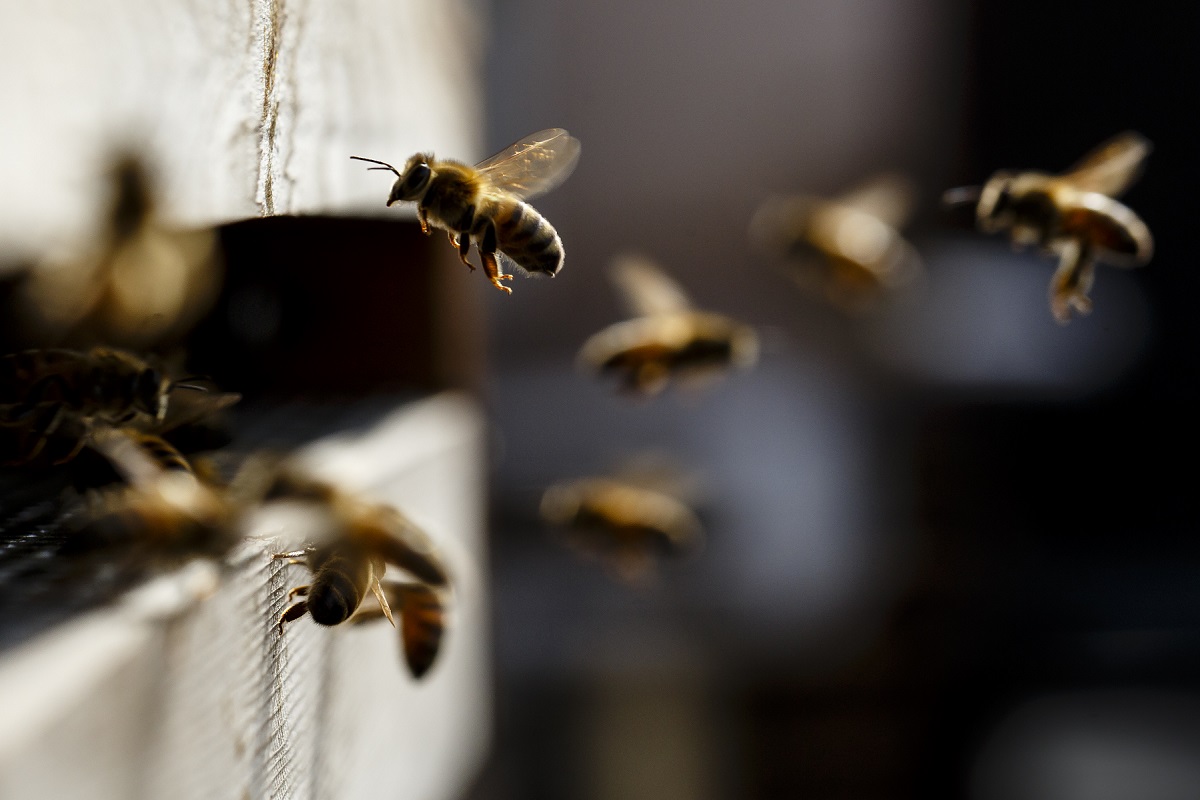 Honeybee credit Miles Willis
Honeybee credit Miles Willis

Top Tips for Bee Friendly Planting
We asked Sarah Wyndham Lewis of Bermondsey Street Bees and author of Planting For Honeybees for the insider scoop on how to create a buzz in the garden.
Greater London is losing its green space at a rate equivalent to 2.5 times the area of Hyde Park every year, as people deck their gardens and tarmac their drives and every patch of waste ground is being used for new buildings.
We are not short of honeybees in the capital: in fact, we have the densest population of bee hives anywhere in Europe. But as green spaces disappear, we are becoming increasingly short of forage:* Each colony needs to gather around 250kg of nectar and 50kgs of pollen every year just to survive.
We can all help to feed them though, so follow these tips to make your window box, patio or garden a bee haven. You’ll also be supplying forage for bumblebees and many other important pollinators.
- Four season planting: Although March to September are key months, bees will fly whenever the temperature is above 10°C, so don't forget early and late flowering plants.
- Mow less and love weeds: Many ‘weeds’ provide precious forage. Mow lawns, but less often and leave some areas to grow wild. This encourages useful species such as daisies, clovers and dandelions.
- Bees see blue: Bees see into the ultraviolet spectrum, which makes blue and purple plants especially attractive to them.
- Plant in clumps: Honeybees only forage on one species at a time, so a dense clump or drift of the same plants will be most useful and attractive to them.
- Think bushes and trees: The most important sources of forage for honeybees are in fact bushes and trees, rather than flowers. Plant a bush or tree and you also create a habitat for countless other species.
- Keep it simple: With shorter tongues than most bumblebees or butterflies, honeybees often can’t feed from complex flower structures. Showy, highly-bred flowers give minimal forage. Generally, stay close to the original, simpler forms of flowers where nectar and pollen are easily accessible.
- Garden organically: Buy organic seeds, plants, bulbs and composts that have not been pre-treated with chemicals.
Bee in with a chance to win a copy of Sarah’s book, Planting for Honeybees, by signing up to receive The ‘Eel’s newsletter (click below) and following us on Twitter before Friday 25 May 2018.
*Stuff to eat [ed.]
London Food Link: London Food Link brings together community food enterprises and projects that are working to make good food accessible to everyone in London to help create a healthy, sustainable and ethical food system for all.
Sustain
The Green House
244-254 Cambridge Heath Road
London E2 9DA
020 3559 6777
sustain@sustainweb.org
Sustain advocates food and agriculture policies and practices that enhance the health and welfare of people and animals, improve the working and living environment, promote equity and enrich society and culture.
© Sustain 2025
Registered charity (no. 1018643)
Data privacy & cookies
Icons by Icons8